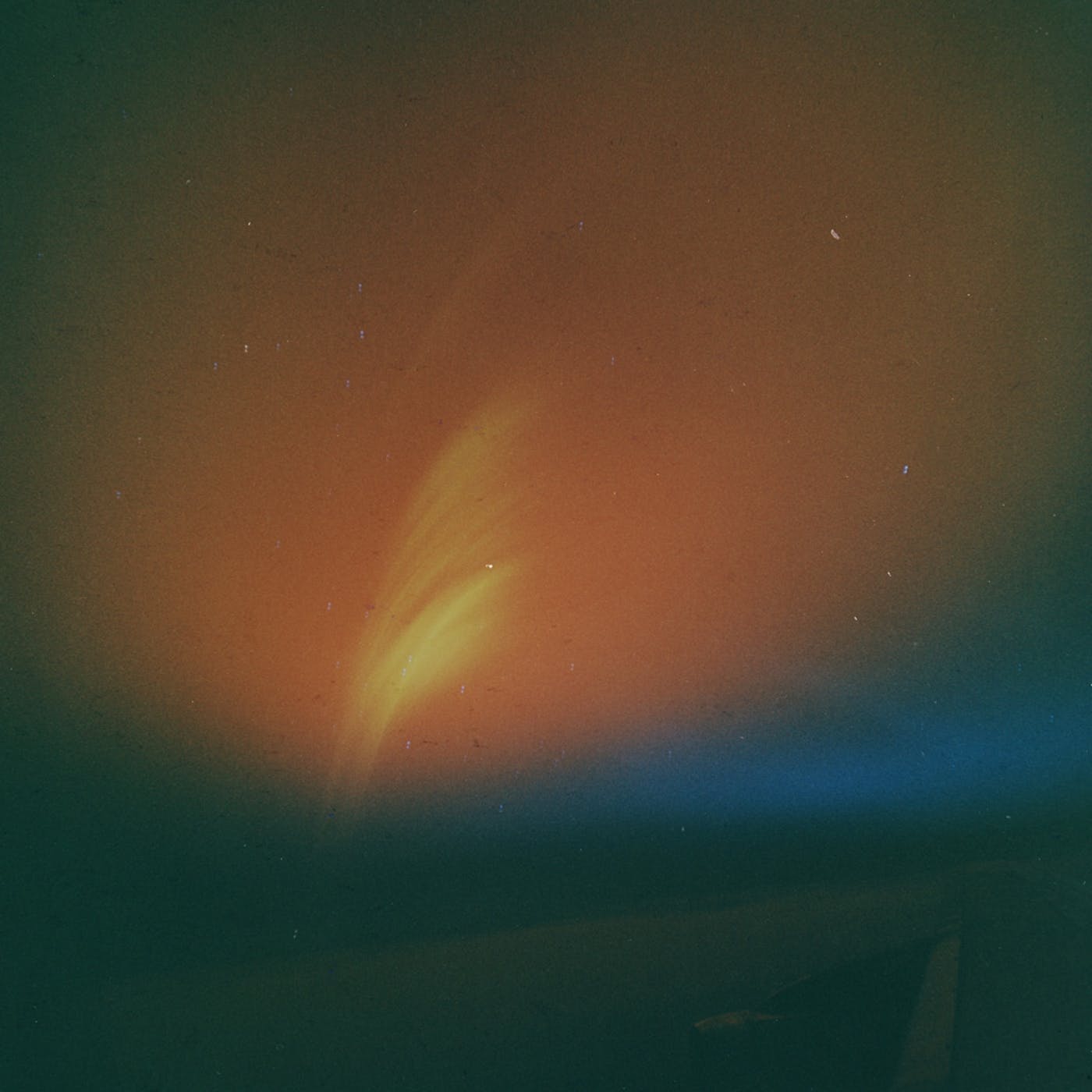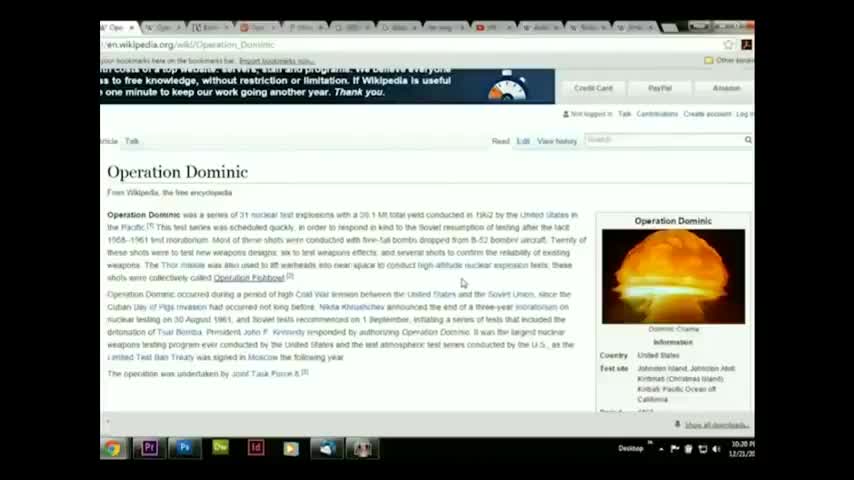

(And, reportedly, even further away-in New Zealand.) It also left a radiation belt in its wake that was so substantial, it crippled multiple American and British satellites and caught the attention of administrators at NASA, who became concerned about its potential effects on the space vehicles and astronauts then participating in programs such as Apollo.

local time-yielded an electromagnetic pulse so large, it damaged streetlights, telephone lines and other electronic devices some 900 miles away in Hawaii. The 1.4 megaton bomb-which was sent skyward via a Thor missile, and detonated at an altitude of about 250 miles, at around 10 p.m.
Operation fishbowl firmament series#
But on July 9, 1962, the United States found success with its Starfish Prime test, illustrated in the first series of images in this photo essay. The first attempts of the Operation Fishbowl tests took place in June 1962, but didn’t succeed, due to radar-tracking issues and rocket-engine malfunction. Views of Starfish Prime from aircraft and Maui Station, July 9, 1962. Johnson’s famous “Daisy” ad) to cinematic denouements (such as Stanley Kubrick’s 1964 classic, Dr. Those images would be seared into the American consciousness as what art historian John O’Brian calls “the logo of logos in the 20th century” an atomic iconography that would be used in everything from political campaigns (such as Lyndon B. Most of them yielded reams of information to scientists and administrators working for what was then called the Atomic Energy Commission, now known as the Department of Energy, not to mention spectacular imagery: giant atomic tsunamis engulfing abandoned naval warships off Bikini Atoll, during Operation Crossroads, and smaller, dirt-and-debris-filled mushroom clouds rising off the desert flats of the Nevada Proving Grounds, some 65 miles from Las Vegas.

That particular atoll, Johnston Island, had been chosen because of its distance from previous test sites, and from Hawaii-where, it was feared, residents might be blinded by the initial flashes of light as the nuclear chain reaction began.Īt the time of Tightrope, the United States had detonated close to 300 nuclear weapons at various sites around the South Pacific Ocean and American Southwest. The series of tests was called Operation Fishbowl. Fifty-five years ago this month, on November 4, 1962, the United States conducted its final atmospheric test of a thermonuclear weapon.Ĭarried by a Nike-Hercules missile that blasted into the outer atmosphere-high above a South Pacific atoll, 860 miles southwest of Hawaii-the effort, called Tightrope, was part of a larger series of high-altitude atomic-weapons tests conducted between June and November of that year.


 0 kommentar(er)
0 kommentar(er)
